Cats are mysterious creatures with fascinating traits, and one of their most intriguing features is their sense of smell. Often underestimated, a cat’s olfactory system plays a crucial role in their daily life and survival. Understanding this can help us appreciate our feline friends even more. Let’s dive into the enigmatic world of your cat’s nose and discover 12 captivating facts about their sense of smell.
Cats Have a Super-Sensitive Nose
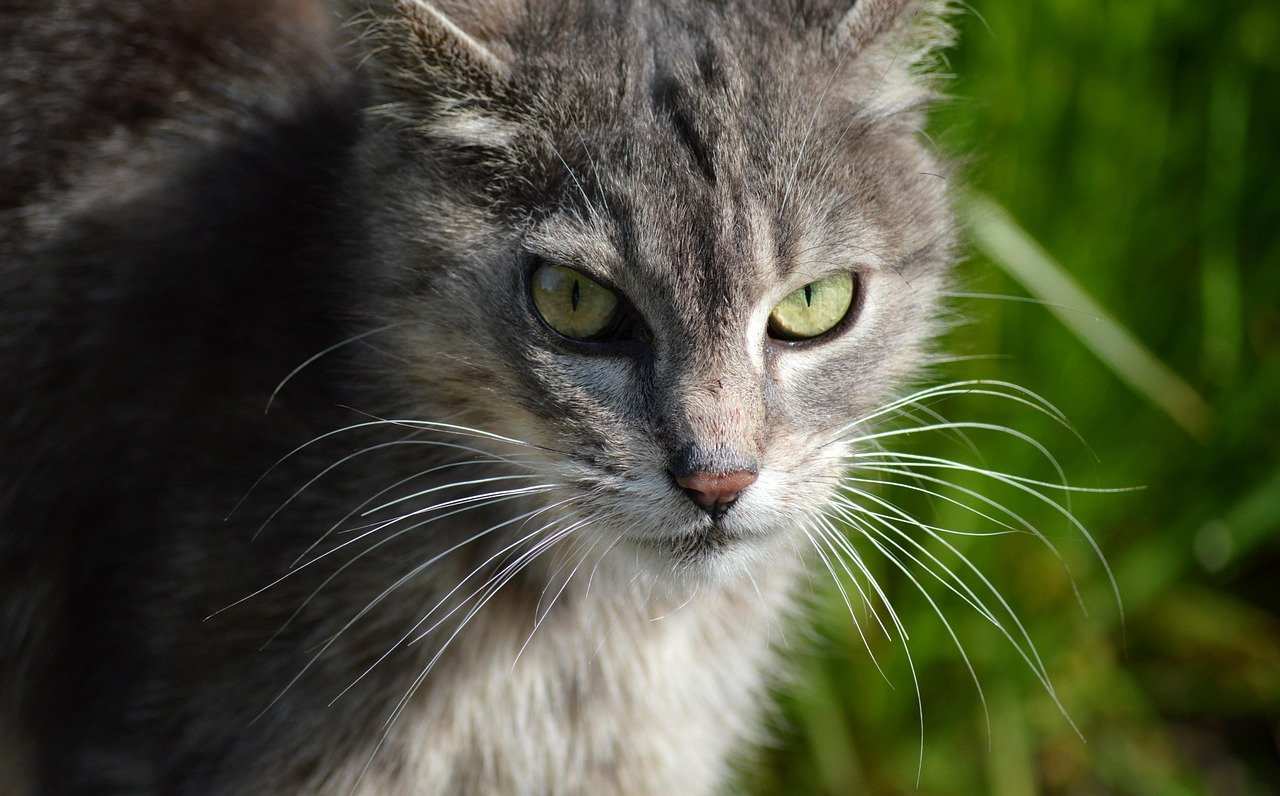
Your cat’s nose is more powerful than you might realize. While humans have about 5 million olfactory receptors, cats boast a whopping 200 million. This means that their ability to detect and distinguish different scents is significantly superior to ours. Imagine being able to smell a freshly baked pie from miles away—that’s what it’s like for a cat when you open a can of tuna! This super-sensitivity allows them to pick up on subtle cues in their environment, giving them a unique perspective on the world around them.
The Jacobson’s Organ: A Secret Weapon
Cats possess a special organ known as the Jacobson’s organ, or the vomeronasal organ. Located on the roof of their mouth, this organ helps them analyze scents in a way that’s quite unique. When a cat curls back its lips in a gesture known as the Flehmen response, it’s actually drawing scent particles towards this organ. This behavior allows them to “taste” smells, providing them with detailed information about their surroundings, potential prey, or even a mate.
Scent Marking: Communicating Through Smell
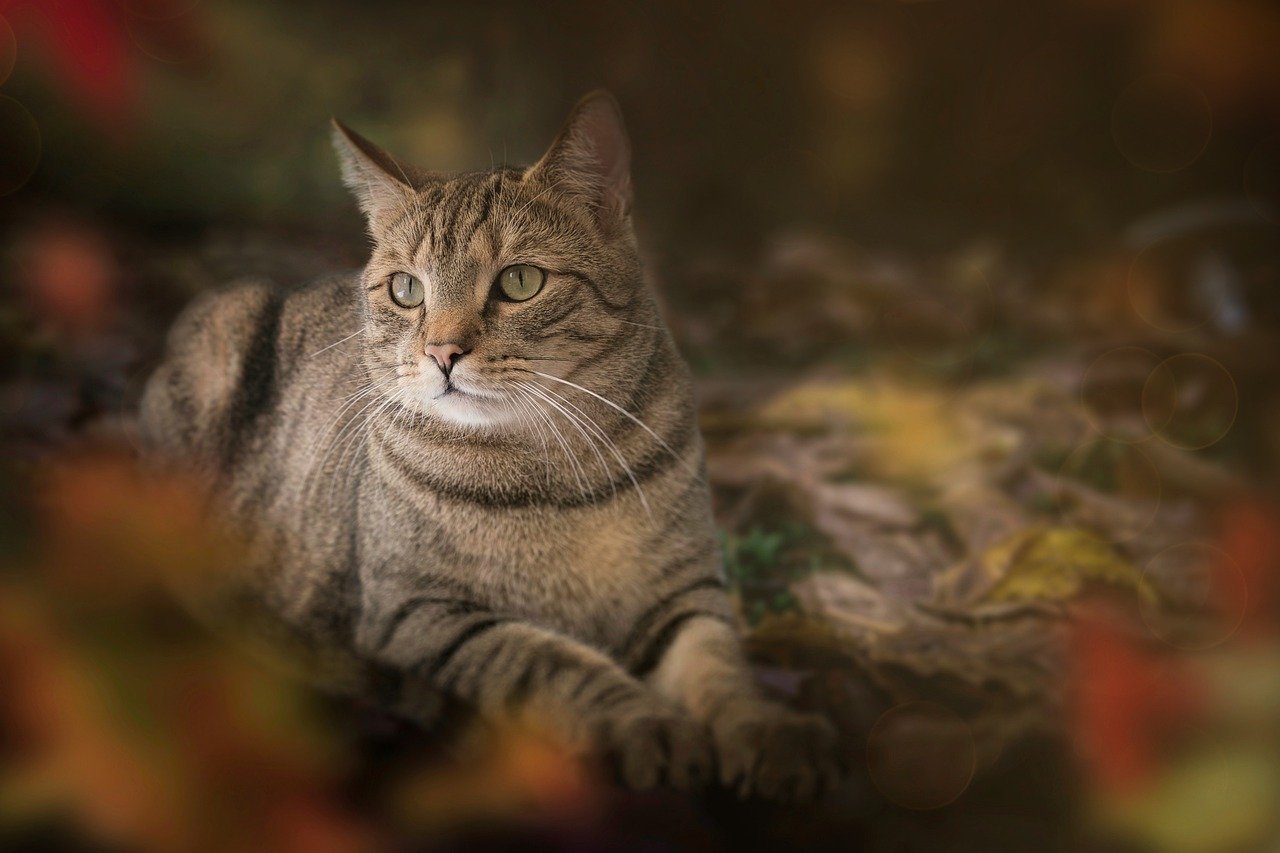
Cats use scent as a means of communication. By rubbing their face or body against objects, they leave behind pheromones from scent glands located in various parts of their body. This behavior marks their territory and communicates messages to other cats, like “This is mine!” or “I was here.” When your kitty brushes up against you, they’re not just being affectionate—they’re marking you as part of their territory. It’s their way of saying you belong to them!
Smell Influences Their Eating Habits
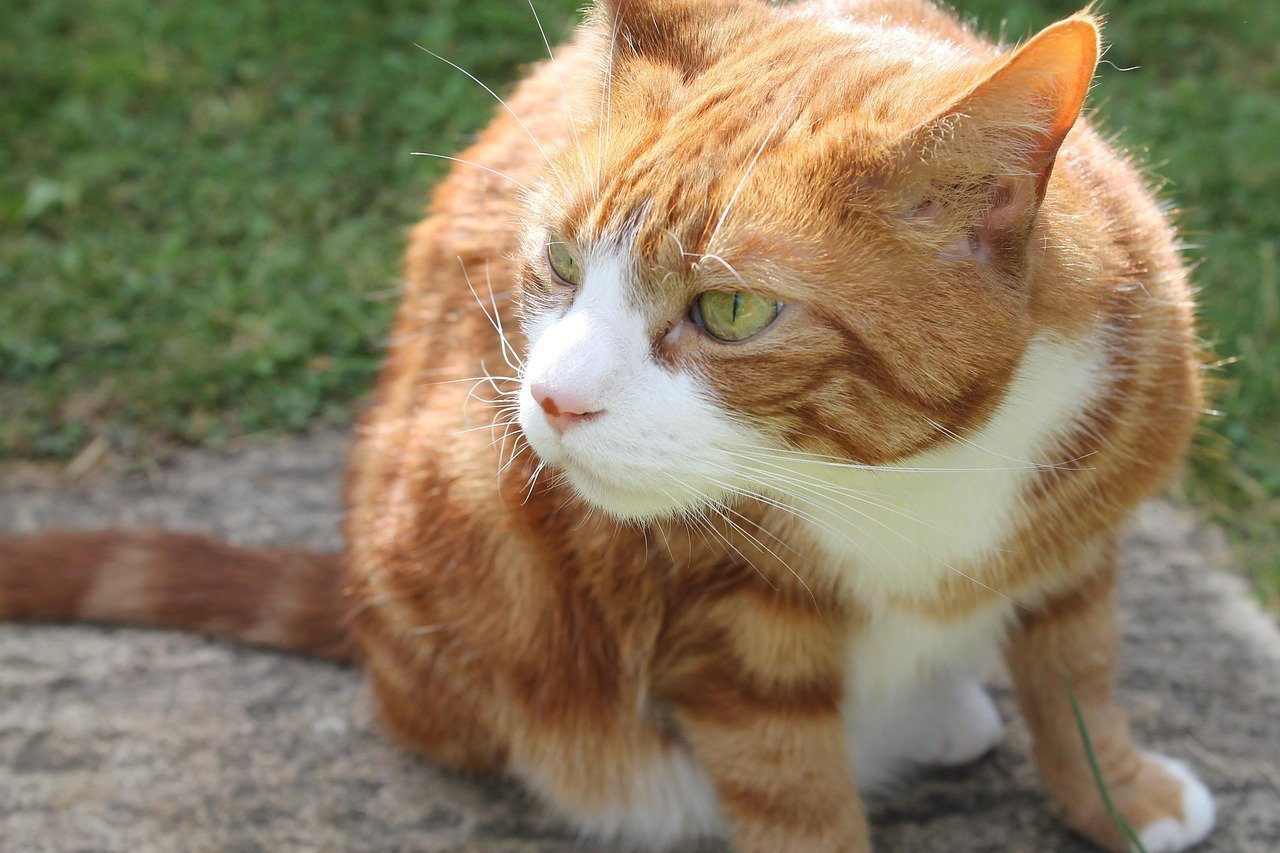
A cat’s sense of smell is crucial when it comes to eating. Before they even take a bite, they rely on their nose to determine if food is safe and appealing. If something smells off, they may refuse to eat it altogether. This is why a cat with a blocked nose due to a cold or infection might lose its appetite. The aroma of their food is just as important as the taste, so enticing smells can make mealtime more enjoyable for them.
The Nose Knows: Detecting Illness

Believe it or not, cats can use their keen sense of smell to detect illness. There are anecdotes of cats sniffing out changes in their owners’ health, indicating conditions like cancer or diabetes. While more research is needed in this area, it’s clear that their sensitive noses can pick up on subtle chemical changes in the body. This ability makes them not just companions but potential early warning systems for health issues.
Orientation and Navigation
Cats also use their sense of smell to find their way around. When a cat is in unfamiliar territory, it relies on scent markers to orient itself. This is particularly useful for outdoor cats who need to navigate large areas. They’ll sniff around to create a mental map of their environment, which helps them return home even if they’ve wandered far away. It’s like having a built-in GPS that guides them back to safety.
Smell and Social Interactions
Social interactions among cats are heavily influenced by scent. When two cats meet, they’ll often engage in a mutual sniffing session. This behavior helps them gather information about each other, such as age, gender, and reproductive status. It’s essentially their version of a handshake or introduction. A cat’s social life is intricately tied to their olfactory system, making smell an essential part of their interactions with other cats.
Smell Preferences: Likes and Dislikes
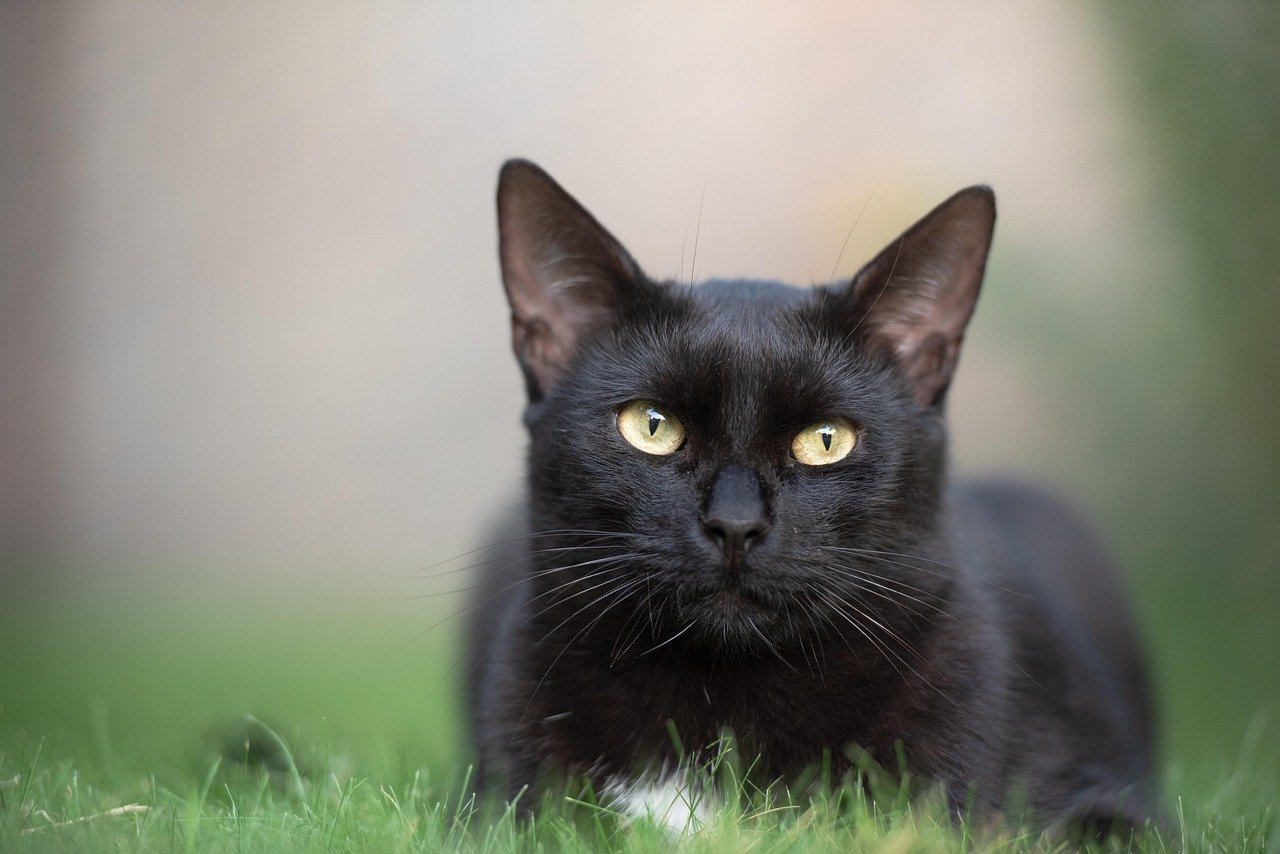
Just like humans, cats have their own scent preferences. Some smells are universally appealing to cats, such as catnip or certain types of fish. On the other hand, they may detest certain odors, like citrus or strong cleaning agents. Understanding your cat’s likes and dislikes can help you create a comfortable environment for them. Providing scents they enjoy can make your home more inviting and stress-free for your furry friend.
Impact of Aging on Scent Perception
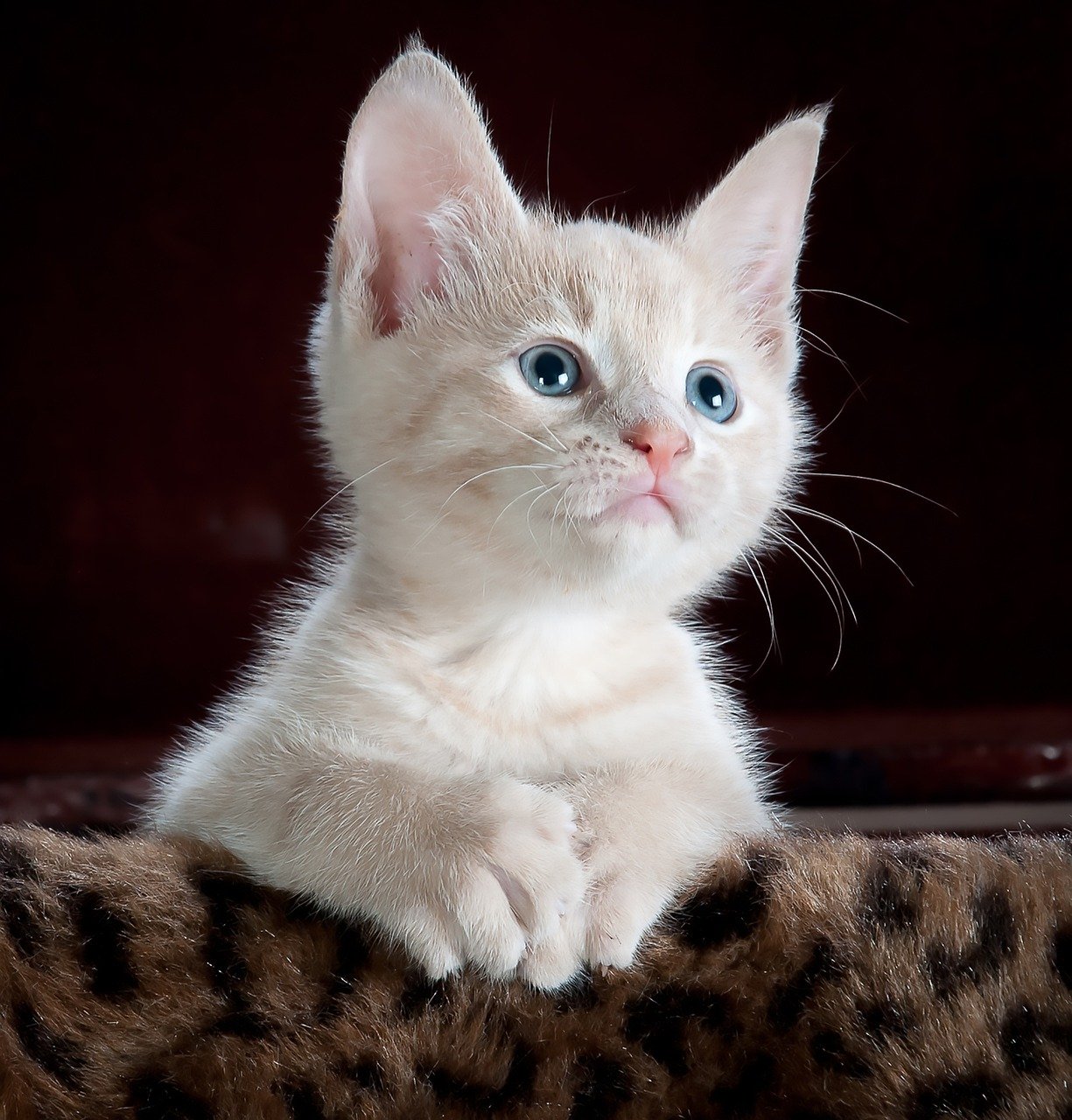
As cats age, their sense of smell can decline. This change can affect their ability to enjoy food and engage with their environment. Older cats may become less interested in eating if they can’t smell their food as well, leading to weight loss or nutritional deficiencies. Being aware of these changes can help pet owners make necessary adjustments, such as offering more aromatic foods to stimulate their appetite and ensure they receive proper nutrition.
The Role of Smell in Hunting
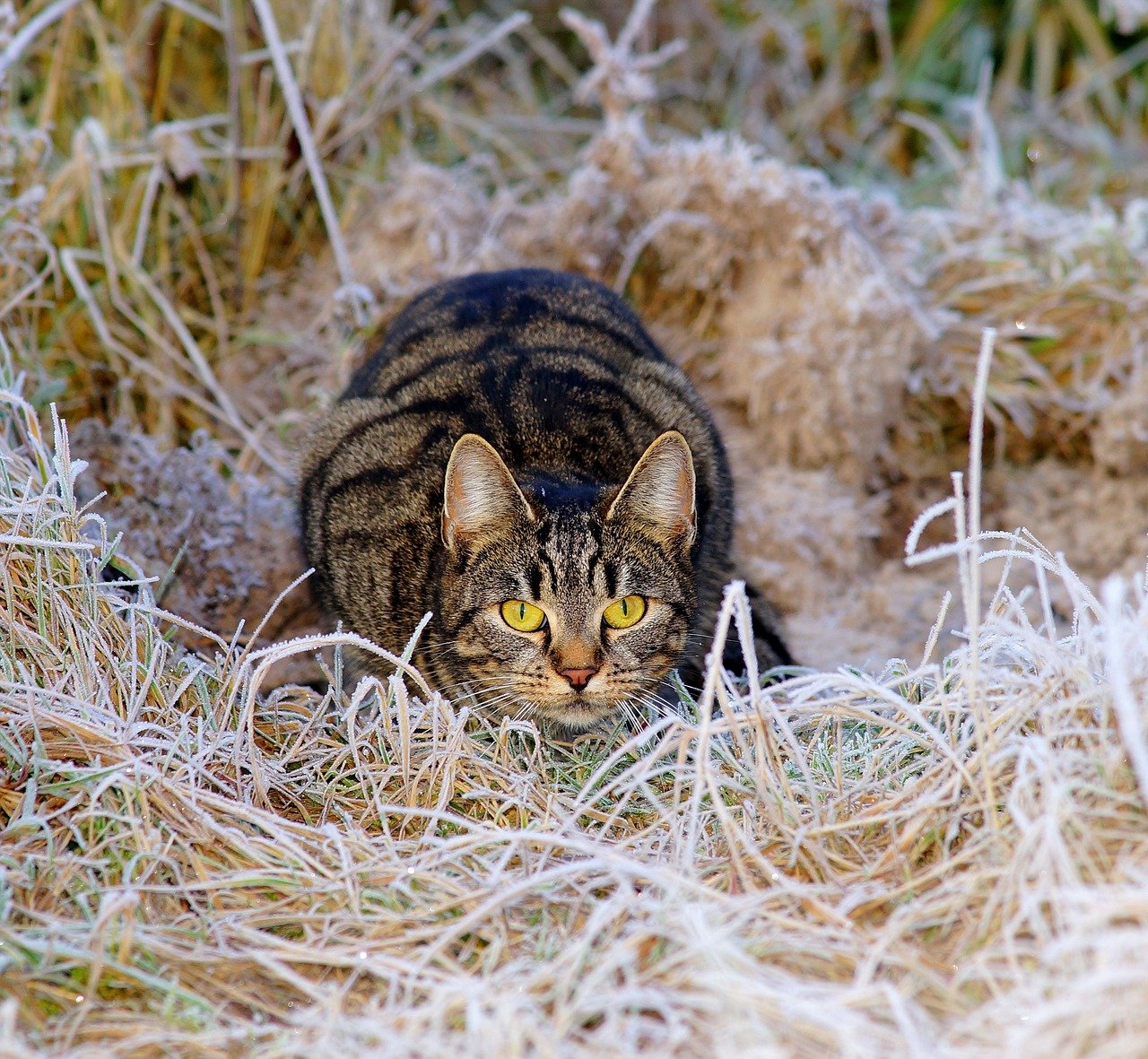
Cats are natural hunters, and their sense of smell plays a critical role in this instinct. They use it to track prey, distinguishing between different animals based on their scent. Even indoor cats exhibit hunting behaviors, often “stalking” toys or small objects. Their olfactory prowess helps them in this play, honing their skills and satisfying their predatory instincts. Understanding this can enhance playtime activities, providing both entertainment and exercise for your cat.
Allergies and Sensitivities
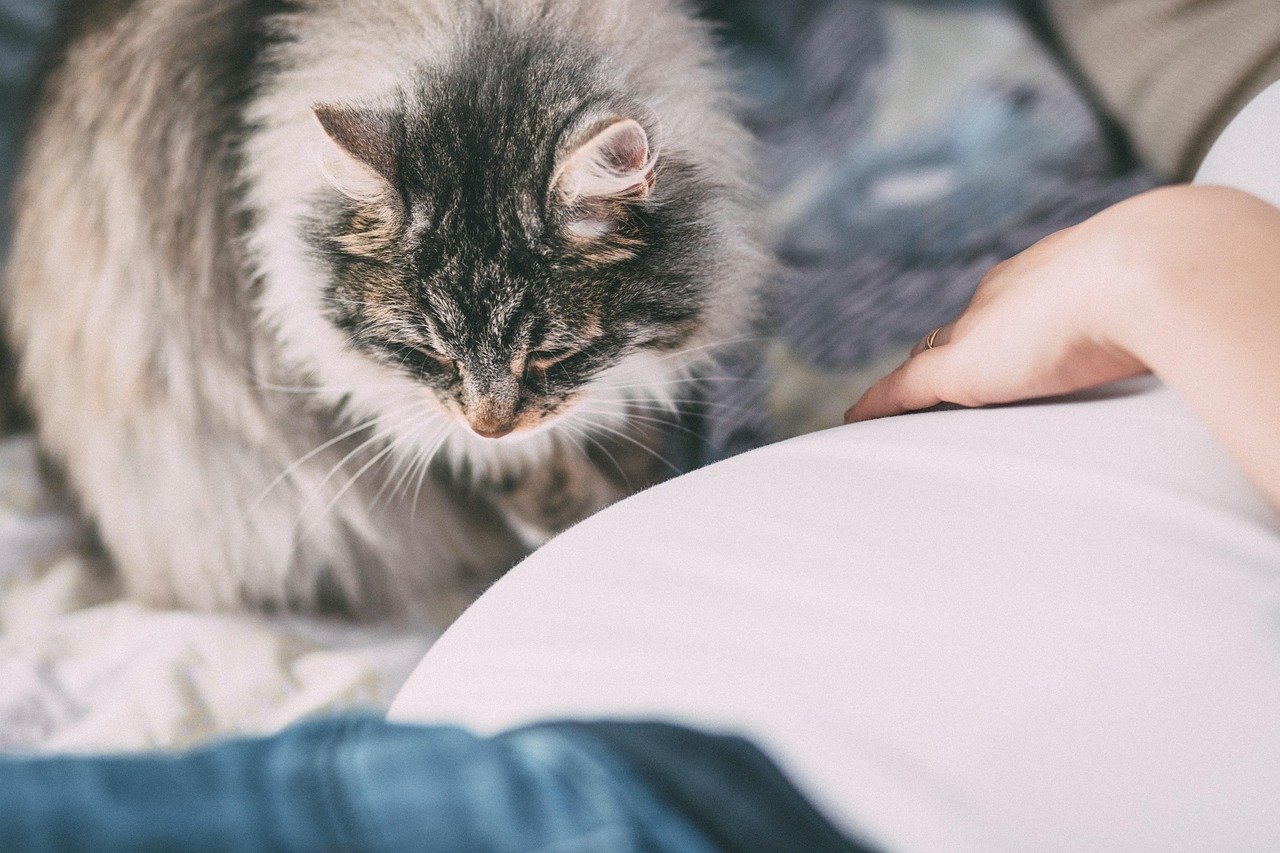
Cats can be sensitive to certain smells, leading to allergies or respiratory issues. Strong chemicals, perfumes, or smoke can irritate their sensitive nasal passages. Pet owners should be mindful of this and avoid using harsh cleaning products or air fresheners around their cats. Creating a scent-safe environment is crucial for their well-being, ensuring they can breathe comfortably without irritation or distress.
Smell and Emotional Well-being
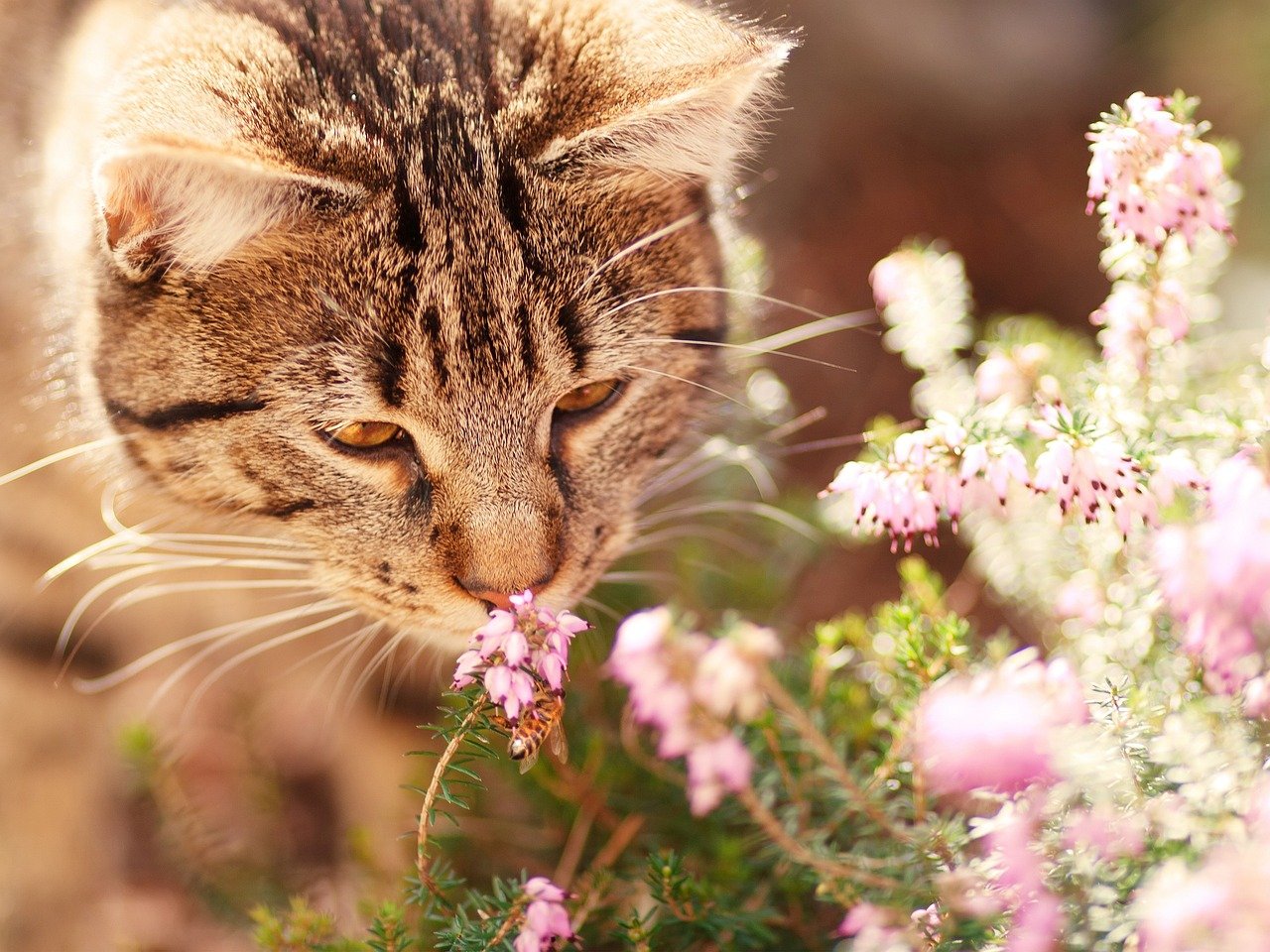
A cat’s sense of smell is deeply connected to their emotional well-being. Familiar scents can provide comfort and security, reducing stress and anxiety. When a cat is introduced to a new environment, having items that carry the scent of home can help them adjust more easily. Providing them with scented toys or blankets can offer reassurance, making transitions smoother and less stressful for them.
Understanding the intricacies of your cat’s sense of smell can deepen the bond between you and your feline friend. By appreciating their unique olfactory abilities, you can create a more enriching and supportive environment, ensuring their happiness and health.

Linnea is a born and bred Swede but spends as much time as possible in Cape Town, South Africa. This is mainly due to Cape Town’s extraordinary scenery, wildlife, and atmosphere (in other words, because Cape Town is heaven on earth.) That being said, Sweden’s majestic forests forever hold a special place in her heart. Linnea spends as much time as she can close to the ocean collecting sea shells or in the park admiring puppies.






